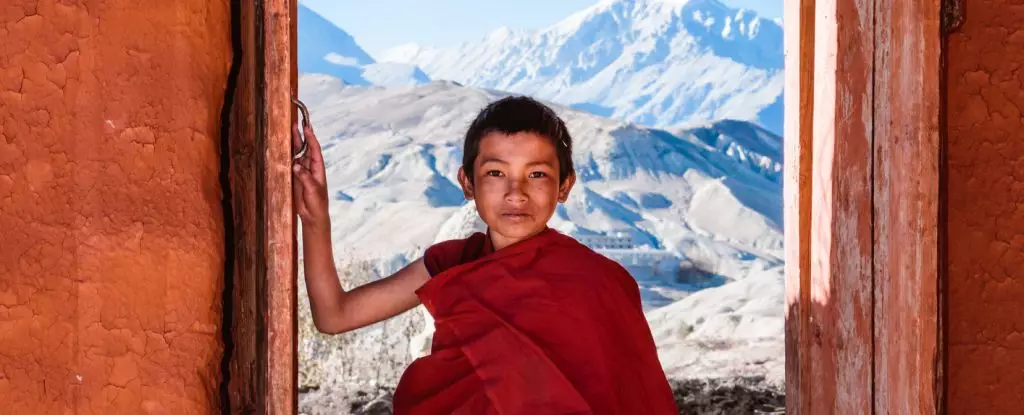Human evolution is an ongoing narrative, a continuous process shaped by environmental stimuli that elicit physiological changes in our biology. As we navigate the challenges posed by different terrains and conditions, our bodies adapt, recording our evolutionary journey within their frameworks. The diversity in human adaptability offers a compelling insight into our species’ resilience and capacity to thrive under circumstances that are otherwise inhospitable.
One of the most striking examples of such adaptation can be observed among the inhabitants of the Tibetan Plateau, a region notorious for its high altitudes and diminished oxygen levels. Altitude sickness serves as a stark reminder of the dangers posed by low atmospheric pressure, leading the majority of individuals to experience significant health risks. Yet, nestled in this harsh environment are communities that not only survive but thrive, showcasing an incredible evolutionary feat.
The phenomenon of high-altitude hypoxia—characterized by insufficient oxygen available to the body’s tissues—poses a significant challenge for human physiology. At altitudes exceeding 3,500 meters, where the air is thin, human bodies must adapt to ensure survival. Here, researchers led by anthropologist Cynthia Beall have uncovered a remarkable aspect of human biology: the ability to thrive under such duress is an astounding testament to our evolutionary prowess.
Beall’s research underscores how adaptive traits are reflected in reproductive success, a fundamental element of natural selection. In environments where resources may be limited and survival precarious, those who possess advantageous traits are more likely to survive and reproduce. This phenomenon is especially pronounced among Tibetan women, whose reproductive histories and physical attributes have provided valuable insights into the interplay between altitude and human biology.
In a recent study, Beall and her team examined a group consisting of 417 women aged 46 to 86 years living in Nepal’s high-altitude regions. The researchers focused on several variables, including the number of live births, oxygen transport efficiency, and overall health profiles. The findings from this study revealed not just individual physiological adaptations but a broader understanding of human adaptability in response to environmental stresses.
Interestingly, the data showed an optimal balance in hemoglobin levels among women with the highest reproductive success. Rather than exhibiting markedly high or low hemoglobin levels, these women maintained an average level, complemented by increased oxygen saturation within their blood. This equilibrium appears to facilitate efficient oxygen transport without imposing additional strain on the cardiovascular system, which would have been the case with a thicker blood composition.
Beall’s research provides an intriguing glimpse into the nuances of reproductive success among the studied population. Women who achieved the highest numbers of live births did so not only through advantageous hemoglobin levels but also with robust circulatory attributes—a wider left ventricle and an enhanced blood flow rate into the lungs. These traits collectively create an environment where oxygen delivery is maximized, empowering the body to maximize its potential in the face of adversities posed by low oxygen levels.
An additional layer of complexity is introduced with cultural factors influencing reproductive patterns. The researchers noted that women from long partnerships and those who began childbearing at a younger age had a higher propensity for greater numbers of live births. This sociocultural context, while important, didn’t overshadow the intrinsic physical adaptations that enabled these women to thrive in tough conditions.
What emerges from Beall’s findings is a reflection of the intricate dance between biology and environment, wrapped in the umbrella of natural selection. Human beings have not only existed in the high-altitude landscape but have actively modified their physiology to excel. As some traits confer survival advantages, they become more commonplace in successive generations.
As we look toward the future, understanding these adaptations reminds us of the resilience embedded in our biology. Just as our ancestors survived and thrived amid challenging conditions, present and future generations will continue to adapt, both biologically and culturally. The ongoing evolution of humans demonstrates the remarkable capacity of our species to transform adversity into opportunity, solidifying our place as one of nature’s most adaptable beings.

